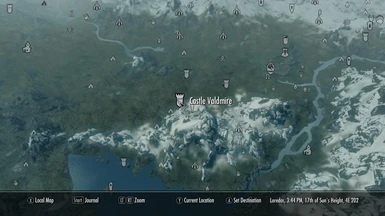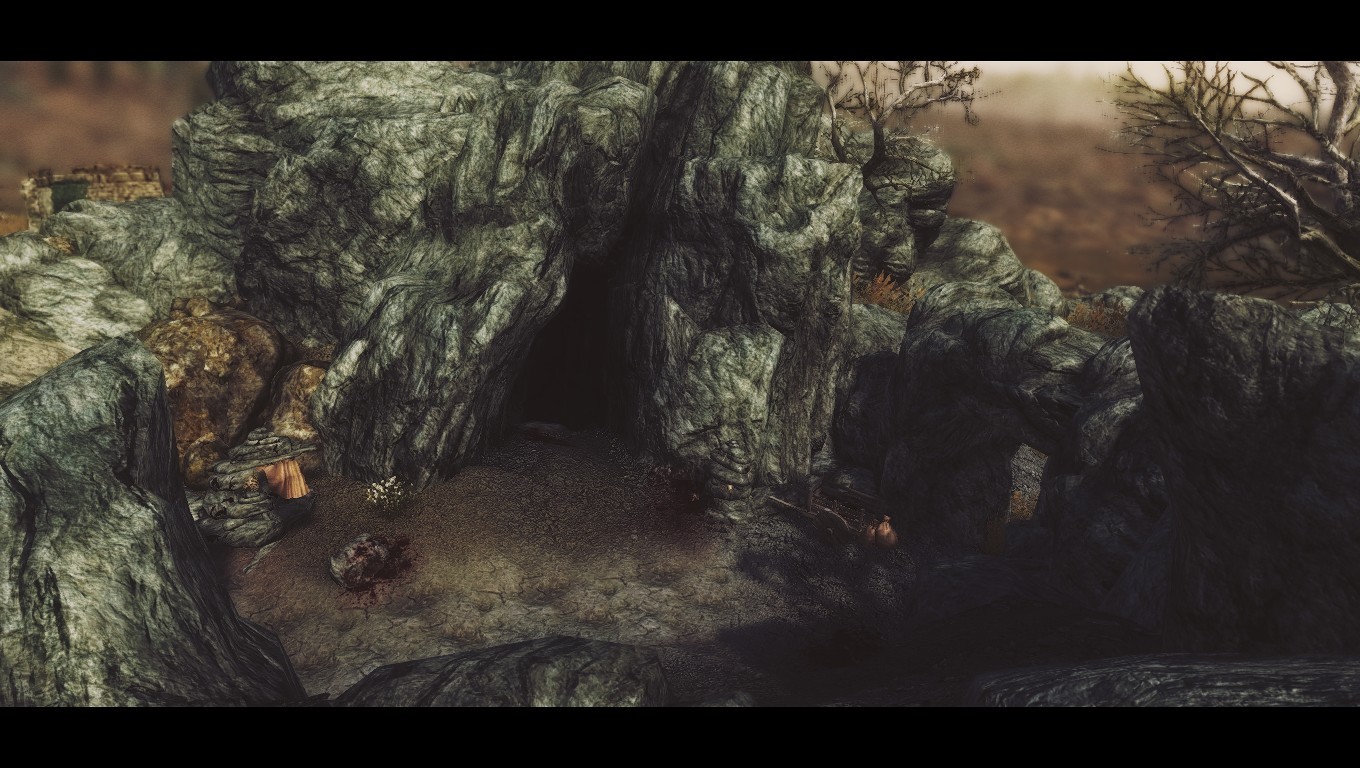

#Secundas kiss iconsole command driver
Use the following syntax, replacing protocol with the name of the protocol, driver with the name of the LAN driver or network board, and parameters with any necessary driver or protocol parameters: BIND protocol driver parameters You can place BIND commands in AUTOEXEC.NCF so that they are permanent. Any configuration parameters you specify when you load the LAN driver must also be added to the BIND command so that the protocol is bound to the correct board.

To execute a Java application, see the JAVA console utility.Īssigns a protocol, such as IP or IPX, to a LAN driver or network board. Type the following command, substituting the applet's filename for html_file : APPLET Use the following syntax, replacing alias with the new command you want to be able to type, and replacing command with the original utility name or command you want to execute when you type the alias: ALIAS When set to ON, turns on the Log, Console, Everyone, and Bell commands at the same time.Ĭreates a shortcut to a particular console utility or command. When set to ON, causes the alert nmID to appear in the alert message. When set to ON, displays locus information (used only in older alert messages). When set to ON, displays ID information (used only in older alert messages). When set to ON, sounds a warning noise when the alert occurs. When set to ON, displays the alert message on the server's console. When set to ON, sends the alert to all network users who are logged in. When set to ON, records the alert message in a log file. When set to OFF, an event is not generated.

When set to ON, generates an event when the alert occurs. To specify more than one option, repeat the ALERT command multiple times, using a different option in each command. You can specify only one option at a time, unless you use the ALL option, which sets the Log, Console, Everyone, and Bell options simultaneously. Then choose ON or OFF for the specified alert and option you have chosen. Use the following command format, substituting the alert number for nmID (optional) and one of the options listed in Table C.1 for option. You can turn on and off specified types of alerts, control where they are displayed or recorded, and so on. Use the following syntax, replacing program name with the name of the NLM to load and n with the stage at which the NLM should be loaded: ADD PROGRAM TO STAGE įor more information on NetWare 6.5 load stages, see the LOADSTAGE command.Ĭontrols how the server handles alerts if you are using SNMP network management tools. Make sure that your NLM is compatible with the type of NLM required at the specific stage, or it will not load. ACTIVATEMODULE Īdds a specified program to the stage n load template. It is useful for testing new configurations or load options on pre-loaded drivers. Use the following command format, replacing number with the number of the logical disk partition you want to stop from remirroring: ABORT REMIRROR numberĪllows you to manually load a driver that is normally pre-loaded from the STARTUP.NCF file. Some commands that are left over from prior versions, or that relate more to development than administration, have been excluded. Rather, we have tried to include the most relevant, and also the lesser known, console commands related to administration of a NetWare 6.5 server. NetWare 6.5 currently has upward of 200 console commands. This section does not list every single console command due to the sheer number of them. Use the HELP command to see a list of all console utilities, or type HELP to see a brief synopsis a console utility. For convenience, and in addition to the console commands, a few executable and NCF files have also been listed, for lack of a better category in which to put them. As such, no additional files are loaded in order to execute them. Console utilities are built into the core NetWare 6.5 operating system modules, such as SERVER.EXE, DS.NLM, NSS.NLM, and so on.

In general, you use console commands to change some aspect of the server or view information about it. You can also execute console utilities from remote sessions, through NoRM or ConsoleOne. Console commands, such as MOUNT, are executed by typing a command at the server console.


 0 kommentar(er)
0 kommentar(er)
